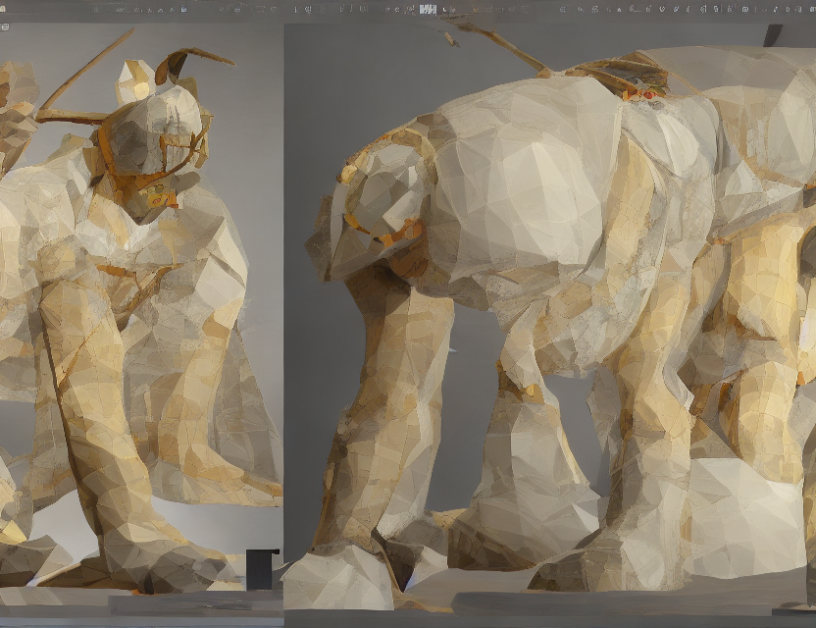In recent years, there has been a surge in the use of deep learning techniques for writer identification in document analysis. This is due to the ability of deep learning models to efficiently and accurately classify writers based on their unique handwriting styles.
The article discusses various approaches to writer identification, including codebook-based and codebook-free methods. Codebook-based methods involve using a predefined codebook that serves as a background model, while codebook-free methods rely solely on the features extracted from the handwritten documents.
One of the most promising deep learning architectures for writer identification is the multi-stream convolutional neural network (CNN). This architecture has been shown to outperform traditional handcrafted features in several studies.
The dataset used for testing these models contains not only the codex pages but also the extracted lines, with some uninformative snippets that are skipped during preprocessing. To study the optimal input image data, grayscale images and masked grayscale images were generated additionally to the RGB data.
The article highlights several key findings in the field of writer identification using deep learning, including:
- The use of scale-invariant feature transform (SIFT) has shown strong results in identifying writers in handwritten documents.
- Codebook-free methods have been found to be more effective than codebook-based methods in some studies.
- The choice of architecture and preprocessing techniques can significantly impact the performance of deep learning models for writer identification.
In conclusion, deep learning has revolutionized the field of document analysis by providing accurate and efficient methods for writer identification. As the field continues to evolve, we can expect to see even more advanced techniques and architectures emerge in the coming years.



